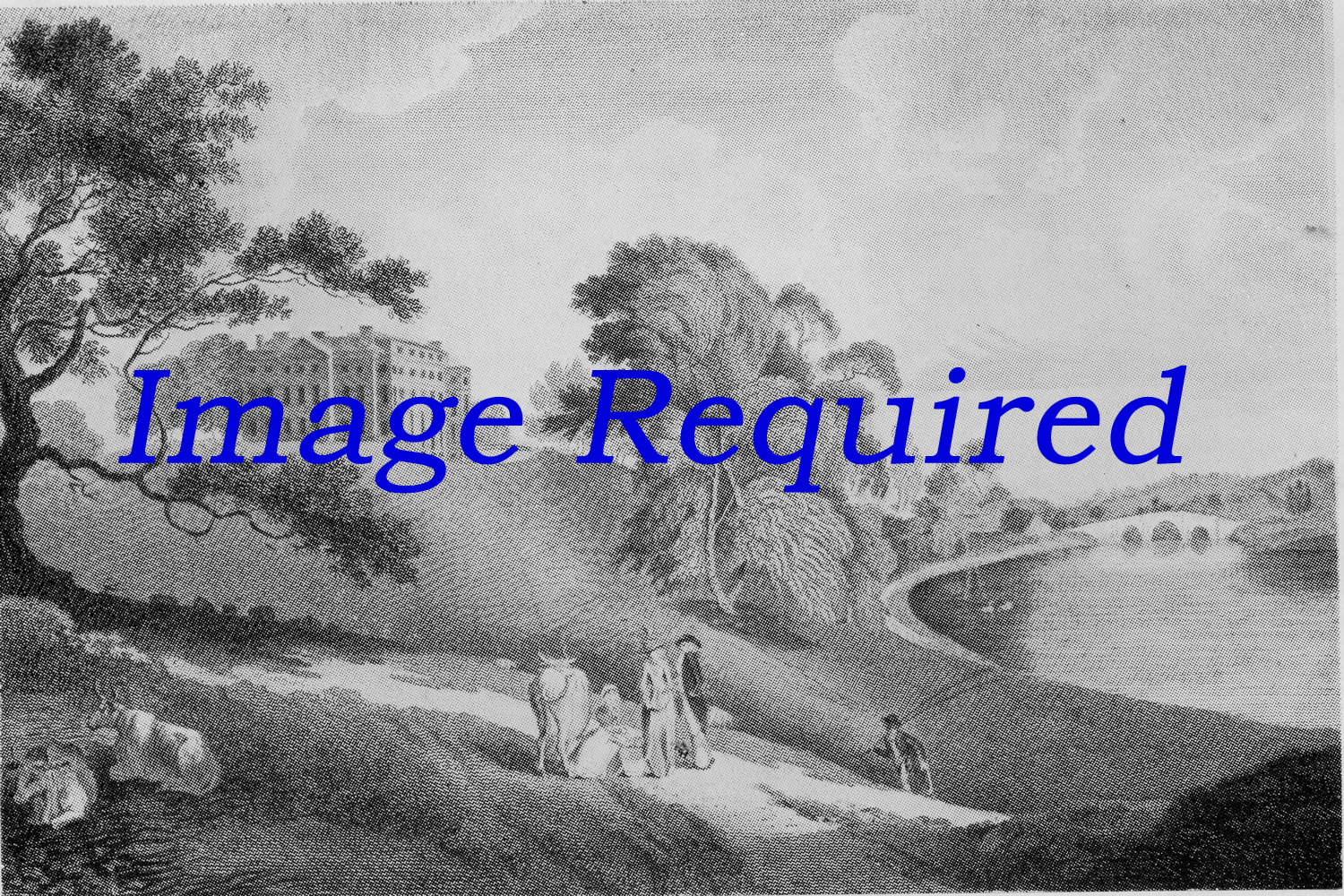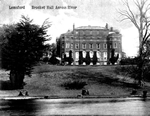Queen Victoria(1819 – 1901)


Queen Victoria's first Prime Minister
The second Lord Melbourne proved to be more of an individual, going on to become Queen Victoria's first Prime Minister, with whom he struck up a close friendship. Victoria herself was another monarch who often stayed at the Hal
Victoria (Alexandrina Victoria; 24 May 1819 – 22 January 1901) was Queen of the United Kingdom of Great Britain and Ireland from 20 June 1837 until her death. From 1 May 1876, she had the additional title of Empress of India.
Victoria was the daughter of Prince Edward, Duke of Kent and Strathearn, the fourth son of King George III. Both the Duke of Kent and King George III died in 1820, and Victoria was raised under close supervision by her German-born mother Princess Victoria of Saxe-Coburg-Saalfeld. She inherited the throne aged 18, after her father's three elder brothers had all died, leaving no surviving legitimate children. The United Kingdom was already an established constitutional monarchy, in which the sovereign held relatively little direct political power. Privately, Victoria attempted to influence government policy and ministerial appointments; publicly, she became a national icon who was identified with strict standards of personal morality.
Victoria married her first cousin, Prince Albert of Saxe-Coburg and Gotha, in 1840. Their nine children married into royal and noble families across the continent, tying them together and earning her the sobriquet "the grandmother of Europe". After Albert's death in 1861, Victoria plunged into deep mourning and avoided public appearances. As a result of her seclusion, republicanism temporarily gained strength, but in the latter half of her reign her popularity recovered. Her Golden and Diamond Jubilees were times of public celebration.
Her reign of 63 years and seven months is known as the Victorian era. It was a period of industrial, cultural, political, scientific, and military change within the United Kingdom, and was marked by a great expansion of the British Empire. She was the last British monarch of the House of Hanover. Her son and successor, Edward VII, belonged to the House of Saxe-Coburg and Gotha, the line of his father.
Image from LLHG
Extra information from en.wikipedia.org
Contact Us Today info@lemsfordhistory.co.uk. Images and articles welcomed
New Brocket Hall
The estate was sold to Sir Matthew Lamb in 1746 by Thomas Wiinnington . This era was an eventful time Sir Matthew engaged one of the leading architects of the day Sir James Paine and asked him to build a new Brocket hall and Paine did just that. Sir Matthew died around 1765.
James Paine (1717–1789) was an English architect.Essentially a Palladian, early in his career he was Clerk of Works at Nostell Priory, and worked on many other projects in the area including Heath House in the village of Heath in between Nostell Priory and Wakefield.From the 1750s, he had his own practice, and designed many villas, usually consisting of a central building, often with a fine staircase, and two symmetrical wings.
Wikipedia
Early Days
LAround this area had several manors,Symonshyde, Benstead, Heron, and Chewells around the time of Henry III (1207 to 1272 ) these mannors merge and become ‘Watershyppes’Early evidence suggests the house dates back to 1239 and was owned by Simon Fitz Ade. They were also known as FitzSymon.


The Families of Brocket Hall
Early evidence suggests the house dates back to 1239 and was owned by Simon Fitz Ade. They were also known as FitzSymon.
Thomas Lord Fauconberg born 1341 and married to Joan Nevile born 1363 – daughter Joan De Fauconberg Born 1367 :
The most famous of the Brocket family was Sir John Brocket, who married Helen, daughter of Sir Rowland Lytton of Knebworth in 1558 . Sir John Brocket and was high sheriff of Hertfordshire in 1553. Sir John was a close ally of Elizabeth 1st,. Elizabeth was under house arrest at nearby Hatfield house.
The estate was sold to Sir Matthew Lamb in 1746 by Thomas Wiinnington . This era was an eventful time Sir Matthew engaged one of the leading architects of the day Sir James Paine and asked him to build a new Brocket hall and Paine did just that. Sir Matthew died around 1765.
Stephens retired to England. He was created a Baronet, of Montreal in the Province of Quebec in the Dominion of Canada, in 1886, and raised to the peerage as Baron Mount Stephen, of Mount Stephen in the Province of British Columbia and Dominion of Canada
On the death of Lord Mount Stephen in 1921 the house was put up for sale and bought in 1923 by Sir Charles Nall –Cain of the Node Codicote. Sir Charles took the title ‘Lord Brocket ‘ in 1933 and on his death in the following year the estate passed onto his only son Arthur Ronald Nall- Cain (1904 – 1966) Lord Brocket.